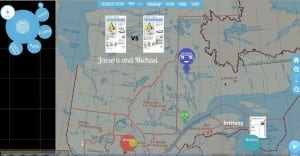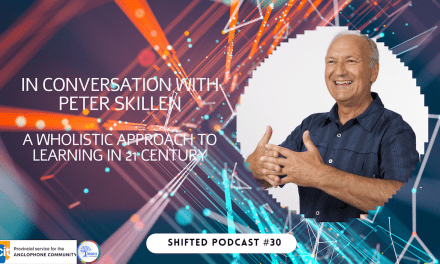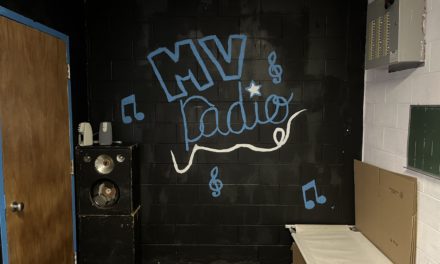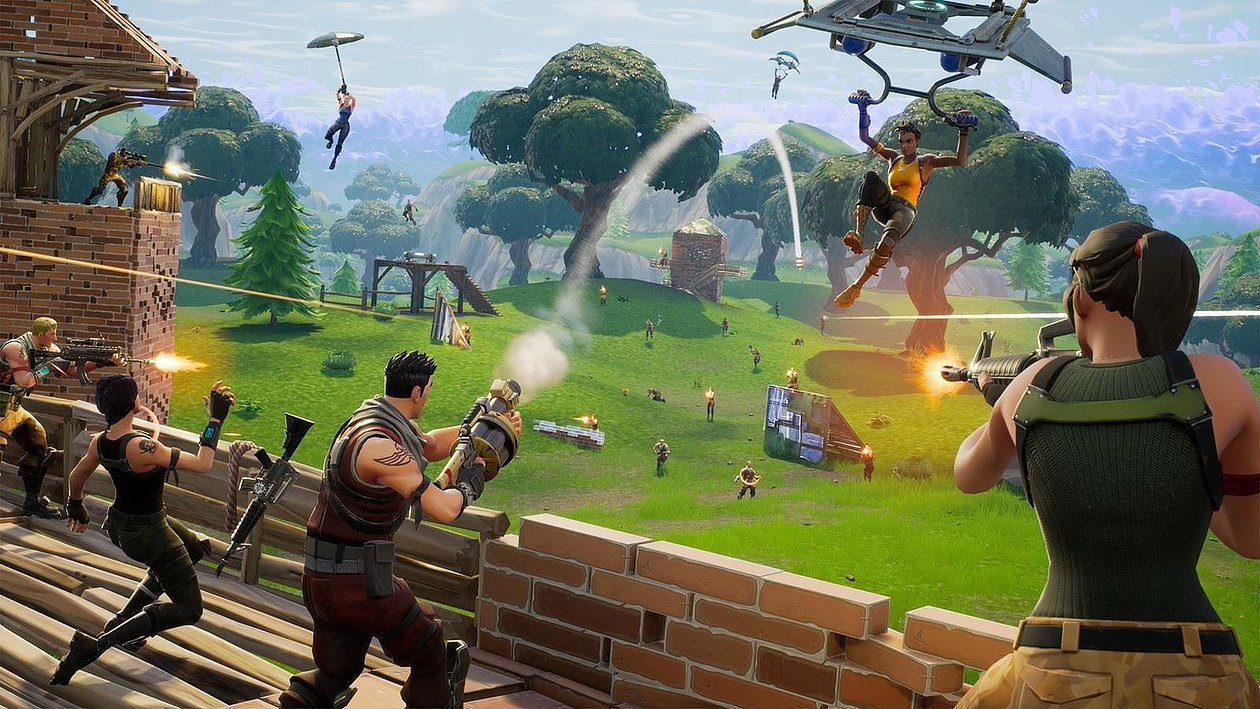Where does the tool end and the human begin?
As I and my fellow online teachers continue to try out new tools and strategies to engage our students, I am noticing a certain ironic, and exciting, trend. The very thing that one would think would interfere with authentic meaningful human relationships, that is, technology, is actually having the opposite effect. The tools are actually evolving so that they make our communication more human. I would even go as far as saying some are transforming what it means to be human.
Texting is an example of a tool at the opposite extreme of authentic meaningful communication. By necessity of brevity, texting immediately jettisons most of the human touch, even with all those cute abbreviations. 😉 See? Not human. Don’t get me wrong – I have nothing against texting! I text my own kids all the time! 🙂
But then we have wonderful tools like googledocs! The first time I experienced this enhanced human-ness was when I tried googledocs for the first time with my students. Rather than go into all the details of the specific activity, I will just say that the students were all editing a single document, and they could all see what each other was typing as they were typing it. Each person’s addition to the document was accompanied by a little callout with their name in it. That and the fact that we all saw the same thing in real time, made us all seem more flesh-and-blood to each other, myself included. It was different than what we see in the chat box of the Zenlive classroom, even though that too is live and identifies each individual. I’m not sure why it felt so different; perhaps because it was a new place for us to gather and it just looked different.
Next time I noticed it was when our online history teacher and edtech guru, Paul Rombough, showed us a video of a live Prezi activity that his students had done. What we, and the students, saw was little Rocky-and-Bullwinkle type avatars scrambling all over a map of Quebec: Each one of those little avatars had the name of a student attached to it, so once again, there was a human layering happening by virtue of the tool that was being used. In fact this one went two steps further than googledocs, because each student was given an actual human form and a location to add to their identity.
Each one of those little avatars had the name of a student attached to it, so once again, there was a human layering happening by virtue of the tool that was being used. In fact this one went two steps further than googledocs, because each student was given an actual human form and a location to add to their identity.
These examples had a huge impact on me. I found that instead of feeling that I had to go above and beyond to make sure I was getting through to my kids, and making them “see” me and their peers, the tool was doing that for me. Of course it was not only because of the callouts or avatars, but because of the collaborative nature of the task they were working on.
The Super-humanity of the twitter chat
Now I have experienced a tool that makes it possible for us to “see” each other in ways that simply would not be possible without it.
I recently attended my first twitter chat. This simply means that I and many others went onto twitter at a pre-determined time, searched for a pre-determined hashtag, and for the next hour, tweeted with that same hashtag. It’s kind of like being on a special twitter channel. There are many chats like this that happen on a weekly basis, like edchat, or mathchat, but the one that I finally decided to join in on was the flipped class chat, the hashtag for which is #flipclass.
I shall try to describe this experience. Imagine yourself having five conversations at the same time, each one of them fascinating. Then add the fact that each of those 5 people you’re talking to is someone highly innovative, respected, or just plain famous. Now add another dimension – on top of that, as you carry on these multiple conversations with these amazing people, other amazing people that you didn’t even know were there respond to things you are saying and start even more conversations with you. And instead of 5, it’s now more like 10. It simply could never happen in one room, or without a tool like twitter. Even with twitter, it’s impossible to keep up all of the time, so the entire thing is recorded and posted for everyone to see the day after. And when I say see, I really mean it. Have a look at this.
With this tool, we can see not only what was said, but also directionality, intensity, and who the movers and shakers were. It seems to me that this tool, and the chat which it describes, make it possible for us to process more information more quickly, and in new ways. Maybe it even makes us superhuman? But then here’s another irony – it will take a super human to keep up with all these new tools that pop up every day! And just when there are fewer and fewer phone booths around…..





Dear Audrey,
Thank you for taking time to write your blog. You have explained how when pedagogy+technology becomes teachnology (not my own invention, but rather I heard it somewhere else and this sign is presently affixed to the outside of my classroom.
Using tech tools in very human ways is a challenge, but the mark of a 21st century teacher.
Keep inspiring us!
Stephen
Thanks Stephen, I like that teachnology term too. I think this is such a great time to be a teacher, because all the lines are blurring, between subjects, between teacher and student, and now between human and webtool!